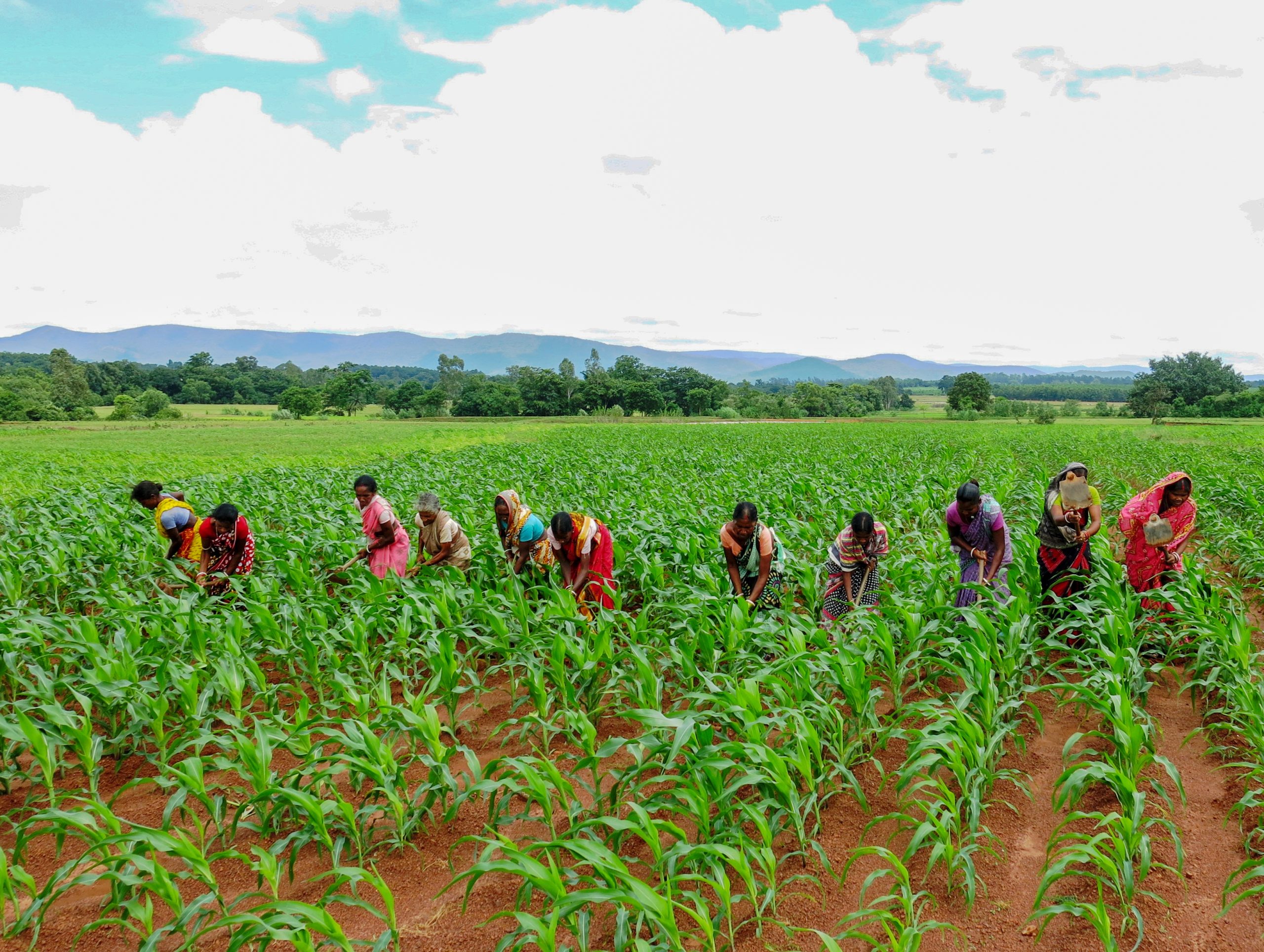India’s maize production area currently covers over 10 million hectares, with an annual production of about 25 million tons. Most of this crop is rainfed and therefore vulnerable to climatic shocks such as monsoon rains and associated abiotic and biotic constraints. Moisture availability is seldom adequate for rainfed maize, as the erratic or un-even distribution patterns of monsoon rains often causes intermittent drought, heat or excessive moisture/waterlogging at different crop growth stage(s). This is the main factor responsible for the relatively low productivity of rainfed maize – locally known as Kharif. Additionally, due to un-assured return, farmers often hesitate to invest in improved seed, fertilizers and inputs, which further contributes to poor yields.
In recent years the country’s tropical regions have experienced frequent and widespread drought, coupled with increased (day and night) temperatures during the main maize growing season, in addition to the scattered drought, heat and/or waterlogging that occur almost every year. The compound effects of multiple stresses during monsoon season is reflected in the low productivity of Kharif maize, which is usually less than half compared to irrigated (Rabi) maize.
In response to this, the “Improving rainfed (Kharif) maize productivity” project was established in collaboration with the All-India Coordinated Maize Improvement Program (AICMIP), with the aim of developing maize varieties with tolerance to drought, heat stress and waterlogging. This can play in important role in enhancing maize productivity in rainfed, stress-prone ecologies, and ultimately help boost national maize productivity and production.
Objectives:
- Breed commercially viable, stress-resilient hybrids for rainfed cultivation in stress-prone, dry lowland ecologies;
- Implement stress phenotyping for target traits at precision phenotyping sites and take forward selected best-bet, stress-resilient hybrids for large-scale evaluation in target environments through the AICMIP network;
- Assess genomic diversity among AICMIP, CIMMYT, and ICAR-IIMR germplasm for abiotic stress tolerance;
- Heterotic classification of AICMIP and ICAR-IIMR inbred lines through delineation of combining abilities.
